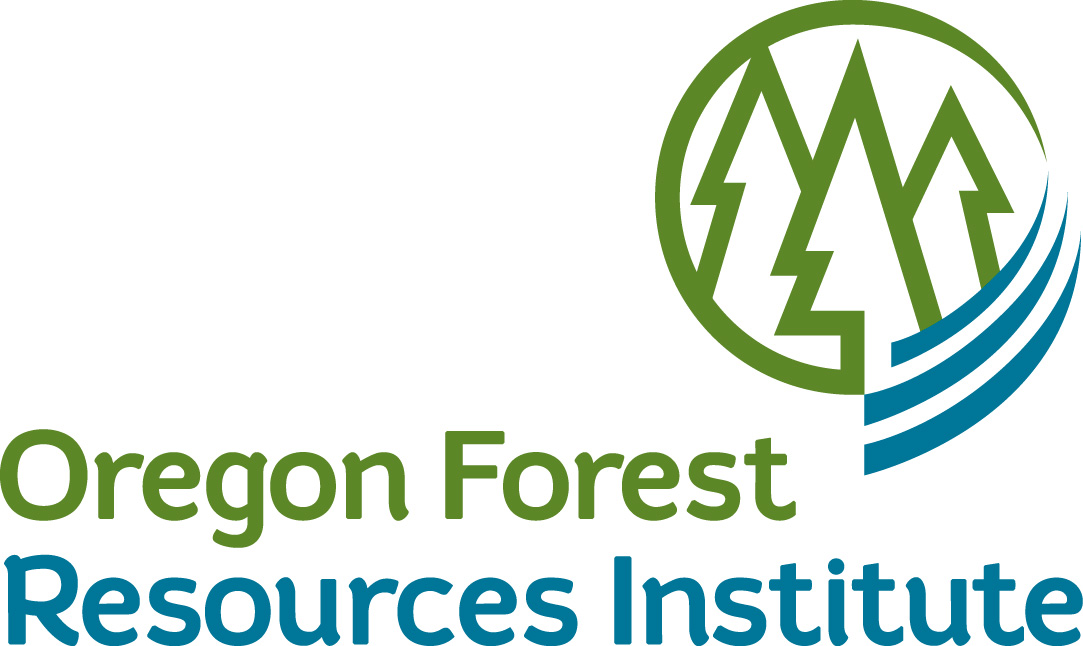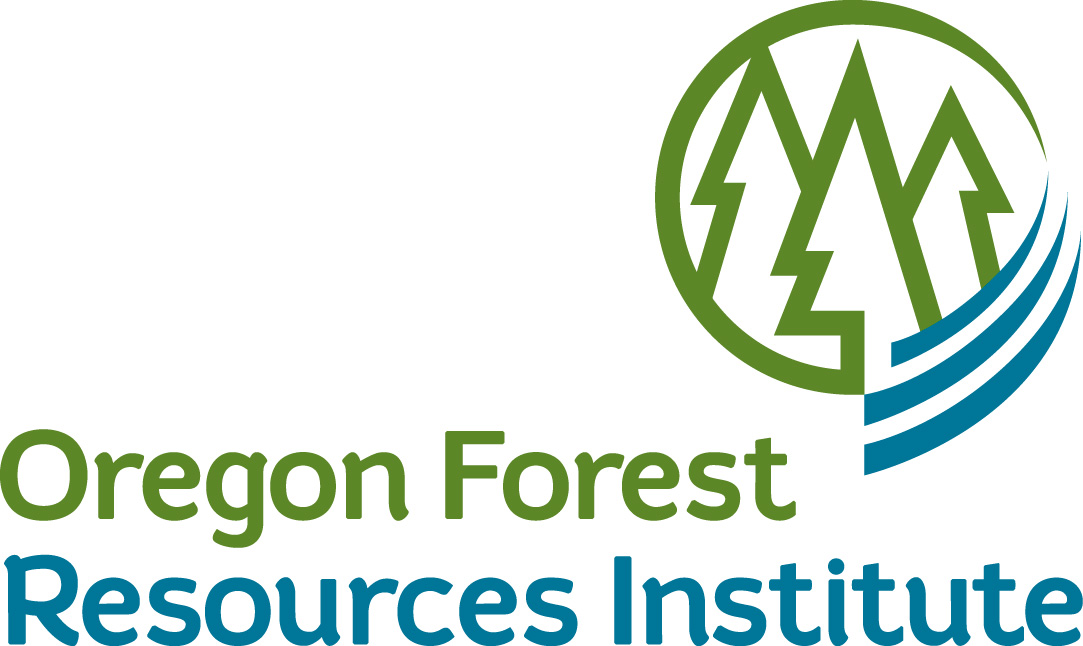SAF Learning
Physical Science of Forests, Climate Regulation, and Carbon Storage [Cohort 13]
- Registration Closed

Course information
This course—curated by Michigan State University, Forest Carbon and Climate Program— develops foundational knowledge on the relationship between climate regulation, forests, and forest carbon. In five presentations, the course covers: 1) Carbon Cycle and Storage; 2) Humans, the Global Carbon Cycle, and Terrestrial Sinks; 3) Forest Ecosystems and Carbon Storage; 4) Forest Ecosystem Carbon Pools and Fluxes; and 5) Disturbances and their Carbon Impact. Each presentation focuses on key topics and features unique learning outcomes for participants. Course content includes recorded presentations, links to online resources, and recommended reading.
If you were directed here and are looking for the "Carbon Markets and Initiatives" course, click here.
What you will learn
This course begins with an introduction to greenhouse gases in the atmosphere, an explanation of the importance of carbon, and a discussion about why climate experts focus on this element. We review terminology, define units of measure, and explore how carbon is measured and calculated. Then, primary carbon sinks and sources of greenhouse gas emissions are outlined globally, including a review of how and when carbon moves between them—such as through land use change and fossil fuel combustion. Next, a review of forest composition, structure, and function by forest type is provided with linkages to the various carbon pools found in forested ecosystems. This review includes a comparison of different forest types found around the world focusing on their unique carbon storage attributes. Finally, major forest disturbances such as pests, pathogens, fire, and wind are discussed within the framework of how such disturbances affect carbon storage in forests.
Is this course for you?
Physical Science of Forests, Climate Regulation, and Carbon Storage is an introductory-level course appropriate for any natural resource professional seeking a better understanding of the role carbon plays in climate regulation within the context of forests and forestry. This foundational course covers fundamental concepts in forest science and carbon dynamics, the understanding of which can better equip you to engage in conversations with your colleagues, customers, and other diverse audiences who have an interest in climate and forest carbon. This course may also serve as a refresher for those with a basic understanding of the relationships between forests, carbon, and climate. Reinforcing your current knowledge can strengthen understanding, especially as new resources, tools, and policies continue to emerge in relation to climate regulation and forest carbon.
Registration
Registration is open from March 1, 2024 at 10:00 am ET to April 8, 2024 at 11:55 pm ET.
For group registrations or registering someone other than yourself please contact membership@safnet.org or 202-938-3910.
Pricing
Member: $175
Non-member: $220
Join SAF TODAY to take advantage of the growing member benefits, including course savings.
Course start date
Course content will be available starting April 2, 2024 at 10:00am ET.
Course access
Course is accessible through May 28, 2024 at 11:55pm ET.
Course pace
This course is self-paced with an expected completion time frame of up to 6 weeks, but 2 bonus weeks are available to support your success of completing on time. This course must be completed in sequence and each presentation must be viewed in entirety to progress to the next section. Once a section is complete, you can return to the previous section. ForestEd will send you reminders along the way to help you stay on track.
Learning Objectives
Upon successful completion of this short course, you will:
1. Be familiar with and able to identify the carbon cycle and its connection to natural and human-caused global warming
2. Know about trends in atmospheric GHG emissions and their impact on the carbon cycle
3. Understand sources and sinks, and the role of natural forests and the forestry sector
4. Understand that forest composition, structure, and function influence carbon storage
5. Remember the pools of carbon with forested ecosystem
6. Apply knowledge of forest structure differences to forest carbon pools and fluxes by forest type
7. Be able to communicate global distribution of carbon storage in forests
8. Remember that management planning and decision-making can minimize the carbon losses from natural and human-caused disturbances
Rubric
Successful completion of the course is measured by mastering each module's quiz to assess how well you recall and apply your new knowledge. You have unlimited attempts for each quiz to master the content. Passing score for each quiz is 80%.
Course Evaluation
Participant feedback is appreciated to help the course curators and subject matter experts continually improve the course for future participants.
CFEs
Upon successful completion of this course, you will earn 3.5 CFEs in Category 1. CFEs will automatically be added to your CFE record located on www.eforester.org.
Certificate
Upon successful completion of this course and course evaluation, participants may download and print a certificate verifying completion of the course and earning CFEs. CFEs will be uploaded to participant CFE records by the end of the day of course completion (11:59 pm ET). Certificates must be downloaded prior to May 28, 2024 at 11:55pm ET.
Get Started or Return to Place in Course
Once you are registered for the course, access this course within your MY DASHBOARD. You can pause at any point during the course and you can return right where you last left off. Simply select the presentation you were last viewing and you will be prompted to select if you wish to start where you left off. For additional tips for success, watch the Course Tutorial Video preceding the Welcome Presentation. Note: this course uses pop-up windows so be sure to enable pop-up windows on your browser.
Course Resources
Additional course resources are available within the Resources tab and within the Contents tab course sections.
Need Help?
For ForestEd questions, visit FAQs, email forestedsupport@safnet.org, or watch the Course Tutorial within the Contents tab. For questions about this course's content email forestc@msu.edu. For technical assistance, go to help.commpartners.com for self troubleshooting and/or live chat, or you can email forestedsupport@safnet.org.
Refund
This is a non-refundable item. Please view FAQs for additional information.
Key:
Browser Recommendation
Use Chrome, Firefox, Edge, or Safari.
DO NOT USE Internet Explorer.
Quick Search
Customer Support
If you need assistance with registration, accessing a ForestEd product you purchased, or other customer service-related issues, please email ForestEdSupport@safnet.org during normal office hours: Monday - Friday, 9:00 am - 5:00 pm ET.
Sponsors
ForestEd Suggestion Box
Technical Support
For technical support, email ForestEdSupport@safnet.org



